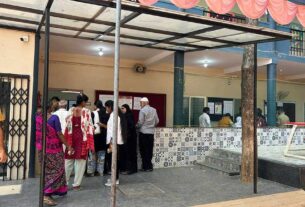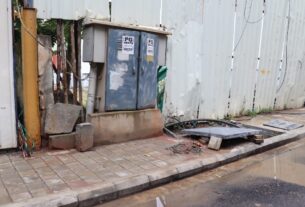Though portable ECG can be expensive for personal use their use at local PHCs can be beneficial.
Health experts have recommended portable electrocardiographs (ECGs) at Primary Health Centres (PHCs) and for personal use at home to enable timely monitoring. However, patients are unaware of these facilities and cannot afford them.
Doctors are demanding that every PHC in Karnataka should have an ECG machine. Health care expert Jasween Kaur Bhatia said that installing portable ECG machines in remote areas is a more feasible option. “They are simple to operate and do not require any technician,” she said.
Dr. Sree Ranga P.C., DM cardiology, Victoria Hospital, said that the portable ECG machine can provide immediate diagnosis in cases of acute coronary syndrome like heart attacks which require immediate medical care.
A report in the Frontiers supported their view on ECGs. The report states that ECG screening at a PHC saves 2.90 life years at an incremental cost of $89.97, which is below the willingness to pay threshold.
Dr. Girish Mood, locum international cardiologist, Sanford Health, United States recommended personal ECG machine for self-monitoring of people with symptoms of heart disease like chest pain, shortness of breath, dizziness and palpitations.
Personal ECG is a wireless ECG that connects to a mobile phone and produces an output within few seconds. He said, “Something is better than nothing. Home monitoring could detect a condition before it’s too late.”
Although Victoria Hospital’s cardiology ward bustled with patients, none of them knew what a portable ECG was.
Musthiqueen’s 53-year-old father Fayaz Ahamed undergoes dialysis every month. Doctors told him that the treatment had weakened his heart. But their local PHC in Hassan does not have an ECG—he and his father travel all the way to the city to get his tests done.
When Musthiqueen heard about the wireless ECG which could monitor ‘at risk’ people at home, he said, “We would be able to do the test in the comfort of our own home. That would save a lot of travelling for my sick father.”
But he was disappointed to know he may not be able to afford it. A basic single lead wireless ECG machine costs around Rs.7,000 – 8000 while the six lead machine costs Rs. 18,500. Musthiqueen said, “Middle class people like us cannot afford such devices. Only if the government subsidized would we think of buying it.”
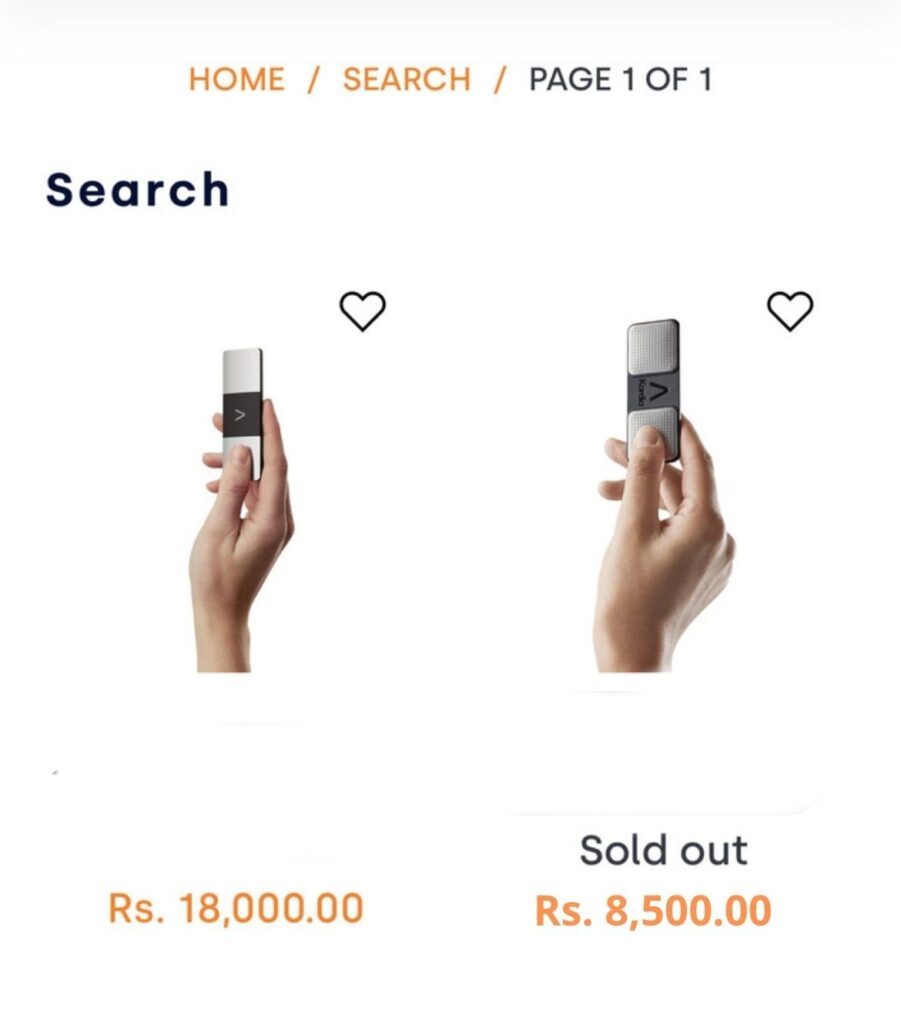
Another patient also pointed out that people who could afford it would definitely buy it. “It needs to be accurate. Today we have these digital blood pressure (BP) machines but often they aren’t as accurate as the physical ones,” he said.
The 12 lead ECG is considered the gold standard for non-invasive diagnosis of various heart diseases. Dr. Girish said, “ A portable ECG must have a minimum of three leads even though 12 lead system is preferred.” He added that a single lead ECG cannot detect a heart attack or heart failure but can detect an irregular heartbeat.
Saiteja had brought his 57-year-old father Sridhar for an ECG at the hospital. Although Sridhar did not suffer from any heart disease, he had been advised to get an ECG before his shoulder surgery. He said, “Many people get an ECG done but only those with a heart condition might buy a personal ECG machine.” If an ECG machine had been available at their local PHC, they would have visited the hospital on the scheduled operation date.
India is facing a shortage of health care workers, Jasween said that senior doctors and specialists rarely visit far off places. She also spoke about how pregnant women in rural areas visit cities to get an ECG done.
She further explained how portable ECG could work in our healthcare system—portable ECG devices with cloud connectivity would not only record the ECG of the patient but would also send the signal to doctors who are far away. So, results can be assessed real-time—this would lead to faster responses, helping the patient as soon as possible.
But there is hesitancy among patients to be treated with unfamiliar technology. Pious Louis, a social worker, said his father Antony Louis recently passed away after he had a heart blockage—he only visited the family doctor. “My father would not have felt comfortable with this technology as he was keen on being physically examined by their doctor,” he said.
About 17.9 million people died from heart diseases in 2016. Over 75 percent of these people were from low and middle income countries. In the same year in India, 27 percent of total deaths from non-communicable diseases were due to heart diseases. India also has a growing percentage of geriatric and overweight population who are at a higher risk of developing heart diseases. Data from National Health and Family Survey (NHFS) 5 shows that 56.7 percent of women and 47.7 percent of men have high-risk waist to hip ratio. World Health Orgaisation (WHO) states that this makes them more vulnerable to heart diseases.
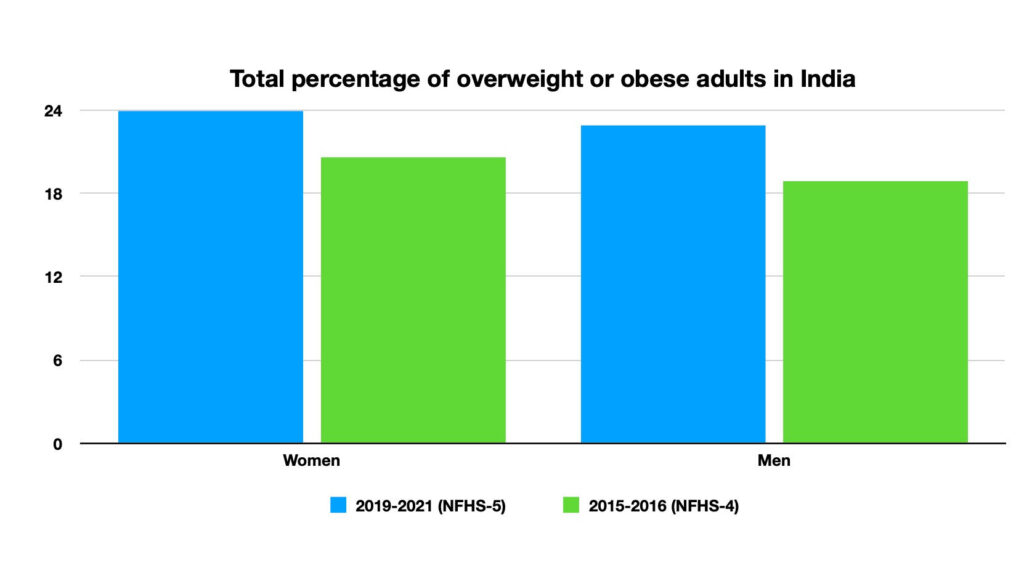
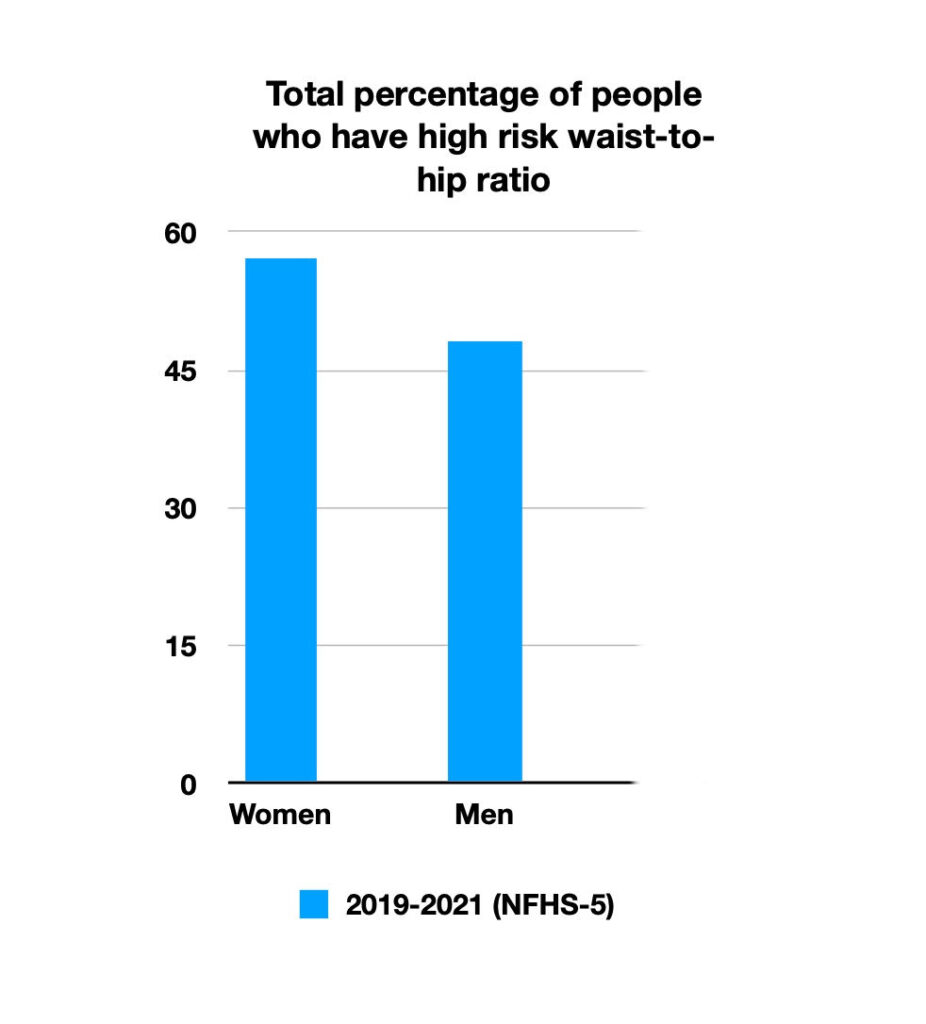
In India, most of the population resides in rural areas. Sanjeev Purohit runs Express Diagnostics, a 24×7 hour service where their team of experts send back ECG reports in real-time.“This can help save lives in remote areas where advanced healthcare facilities are not available. A cardiologist might not be accessible to people at every location in India but through cloud technology in combination with portable ECG that gap might be reduced,” he added.







